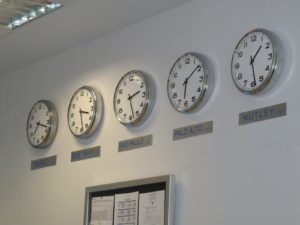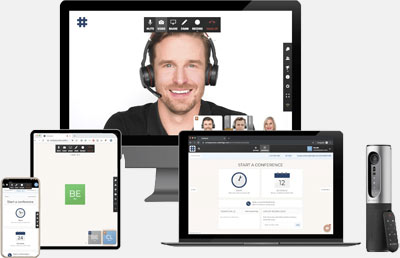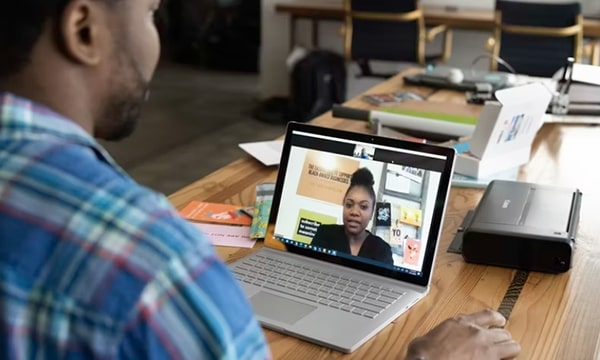How Time Zone Scheduling Facilitates Better International Conference Calling
 The ability to hold an international conference call has made many things a lot easier, but it has also introduced problems of its own. Most notably, international conference calling isn’t always as easy as sending out a few meeting invitations, especially since midnight to one participant might be midday to another. Arranging international conference calls is confusing under the best of circumstances, especially to people that can only accept your call during their 9 to 5 job.
The ability to hold an international conference call has made many things a lot easier, but it has also introduced problems of its own. Most notably, international conference calling isn’t always as easy as sending out a few meeting invitations, especially since midnight to one participant might be midday to another. Arranging international conference calls is confusing under the best of circumstances, especially to people that can only accept your call during their 9 to 5 job.
How do you remember who is behind you, and who is in front of you? Is it daylight savings time, and does that even change anything? In order to get a handle on the different time zones and find a meeting time that actually works for all of your participants, Callbridge gives you an extremely useful Timezone Scheduler alongside its array of other features.
How To Schedule A Conference Call For Different Time Zones
 Before you use Callbridge’s Timezone Scheduler to schedule a meeting, first check to see that the time zone on your account is accurate. To change the time zone under your account, first log into your Callbridge account. From your account dashboard, click on Settings at the top of your screen. Select Time Zone from the menu on the left. It is automatically set based on your computer or phone’s settings, but can be changed if it is wrong.
Before you use Callbridge’s Timezone Scheduler to schedule a meeting, first check to see that the time zone on your account is accurate. To change the time zone under your account, first log into your Callbridge account. From your account dashboard, click on Settings at the top of your screen. Select Time Zone from the menu on the left. It is automatically set based on your computer or phone’s settings, but can be changed if it is wrong.
To access the Timezone Scheduler, schedule a meeting and click on the Timezones button at the bottom of the scheduler. Clicking on the plus sign at the centre of this page will allow you to add multiple time zones in addition to your own. As you add a new time zone, each will be displayed side-by-side for quick comparison. You now have a visual way of seeing what your local meeting time looks like in your participants’ time zones. This can help you avoid setting meetings during times when meeting participants are sleeping or commuting.
What Else Can You Do to Make International Conference Calling Easier?
 Although the Timezone Scheduler can go a long way towards making international conference calling easier for you, there are still some other things you can try:
Although the Timezone Scheduler can go a long way towards making international conference calling easier for you, there are still some other things you can try:
- Create a Doodle poll to find the best meeting times for your participants.
If there is no ideal time for everyone to meet, switch up the inconvenience of your participants week to week so that one person isn’t shouldering all of the burden. - Use the Set Working Hours feature in Google Calendar to remind your colleagues overseas of your working hours.
- Try to avoid mealtimes, commuting times, and late nights. You can also ask meeting participants what times don’t work for them. It’s a considerate thing to do and can help build relationships.
- Ask yourself if are there any people that could receive a recording of the meeting instead of attending. With Callbridge’s video recording feature this is a convenient way to keep people in the loop without requiring them to join a meeting outside their regular hours.
If you’re ready to have the simplest and most productive international conference calling session of your life, or just increase your online meeting capabilities, consider trying Callbridge free for 30 days. Your international meeting participants will thank you!





